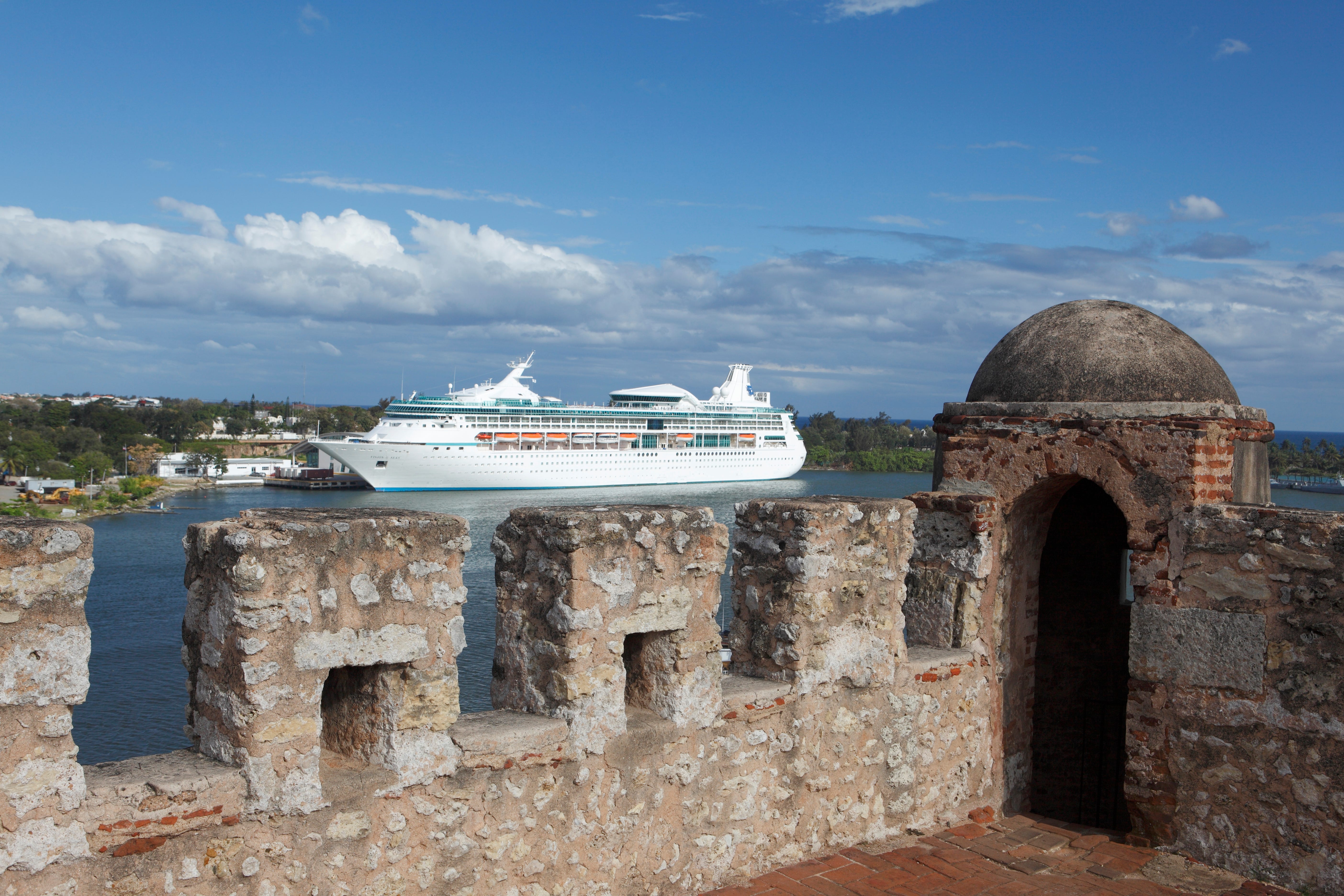

In honor of the country's national gem, this museum also showcases an impressive collection of amber from around the world.

Unique restaurants, hotels, clubs and nightlife keep the area bumping. Walk 11 historic blocks within this walled city and spy America's first cathedral, monastery, universities and hospitals - all built on the original grid system. Colonial Zoneįounded in 1498 and a UNESCO World Heritage site, the Colonial Zone (also dubbed "Colonial City") is both the oldest city in the New World and the most happening in modern-day Santo Domingo. With fine stained glass, a facade made of coral rock, and late Gothic and Romanesque characteristics, this important monument is a must-see. Built after the arrival of Christopher Columbus, the cathedral pays tribute with a giant statue just outside the front entrance. Located in the Colonial City, the Cathedral of Santa Maria Menor is considered the first cathedral of the New World. Stop at the restaurant by the park entrance for a reasonable lunch. But the payoff is big with stunning waters, soft white sands, seashells and great snorkeling. The secluded bay is only reachable by boat or via 4x4 down a steep incline. Deemed the most majestic beach by many Dominicans, it takes some work to get there. Bahia de las Aguilasįind the bluest-of-blue waters in Jaragua National Park, southwest of Pedernales. A beautiful rendition complete with a church and sparkling fountain, Altos de Chavon is also home to art galleries, a design school, an archeological museum, restaurants and shops, and a Roman-style amphitheater. That's when former Paramount studios set designer Roberto Copa and business mogul Charles Bludhorn had the idea to use remnant stones from a nearby bridge blast. Altos de Chavonĭon't let your eyes deceive you – this medieval village replica was only built yesterday, from 1976 to 1980, to be exact. The real fun begins as you jump, swim and slide your way back down. Anyone can play here, but a tour company can help guide you up the mountain through falls and channels. Ready for some adventure? Head to the Northern Corridor mountain range beyond the sugar cane, where a spell-binding natural treasure awaits: 27 crystal pools, waterfalls and slides created by the Damajagua River. Things to do in Dominican Republic 27 Waterfalls of Rio Damajagua (27 Los Charcos de Damajagua) Colonial City restaurantsįor a variety of great restaurants serving everything from French to Mediterranean, head to the center of Colonial City in Santo Domingo. When choosing a hotel, don't be too focused on the distance or travel from the airport since many fantastic hotels (and deals) are a bit farther away. The crystal clear beach at the islet of Cayo Levantado is a must see. Still somewhat untouched, Samana is recognized as one of the best bays in the world. Most items are overpriced at the start to allow for some marginal negotiation. Price bargaining is a must when shopping from local merchants. When visiting the Dominican Republic, be sure to at least try a local dish once, like a breakfast of Mangu (smashed plantains) with friend cheese and eggs. Insider tips for Dominican Republic travel Try local dishes

But if you're looking for the best deals, wait for September, October and May.

Winter through Spring (December to April) is the most popular time to visit, as travelers flock here for winter and spring break. Some months are warm and sticky (August) while others promise rain and the threat of hurricanes (June through November). With warm, tropical temperatures typical of a Caribbean island, the Dominican Republic weather has been dubbed "endless summer" because of the typically sunny and warm conditions. Best time to take a trip to Dominican Republic


 0 kommentar(er)
0 kommentar(er)
